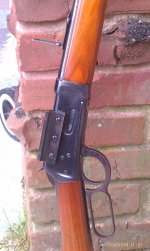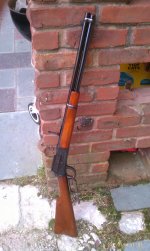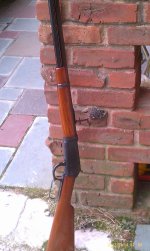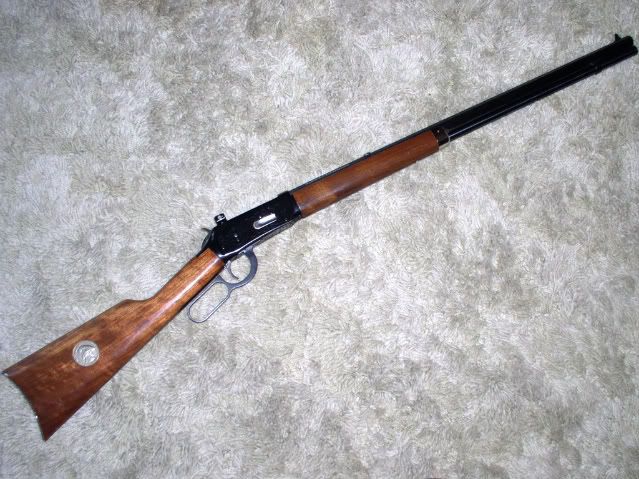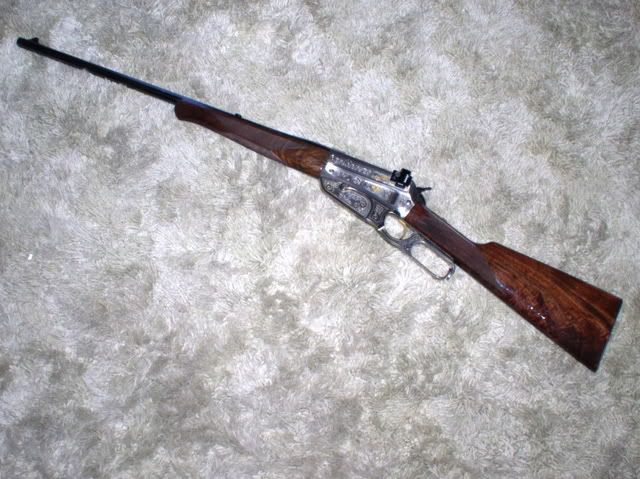I see reference being made as the the post 63/pre78 models as being ugly and or poorly made. Could you elaborate?
The following is an excerpt from the book
Winchester Model 94: A Century of Craftsmanship, under the heading
Third Model, authored by Robert C. Renneberg:
"...This is the design change that illustrates the historic and infamous 'Pre-64/Post-64' changeover. The third model receiver (the corresponding serial no. range is from about 2,700,000 to 5,250,000) is the first to carry the designation of Post-64, and while not being in production for a particularly long duration (only about 19 years), was produced in quantities equalling about half the production of all Model 94s to date...
"This new model was such a blow to Winchester fanciers, such a departure from the quality of even the worst example of the previous design, so disappointing in appearance and feel, that sales plummeted dramatically.
"It rattled when you shook it. The action was an abomination with a flimsy sheet steel stamping serving as the carrier, and the receiver itself didn't take kindly to the bluing process. Even the fit and finish of the wood was terrible-on a par with the rest of the gun...
"The receiver itself was now a casting, an investment casting. The material from which it was cast was an alloy of some kind of 'mystery metal' that not only resisted polishing, but also refused to adequately react to the bluing solution. This alloy proved to be so inhospitable to finishing that it finally had to be plated with iron just to provide a consistent medium upon which the bluing solution could react...
"The final solution was to use a black oxide finish, that while in reality was hardly more durable, but at least had a smoother, higher quality finish.
"The machining of this receiver could only be called adequate. Visible machine marks on the interior surfaces show little or no attempt at elimination, and this condition was unfortunately carried over externally to the sides of the lever and hammer as well...
"The lifter/carrier assembly became a simple stamping of blued steel and had a particularly loose and sloppy fit (hence the rattle)...
"By the late '60s, due to lagging sales and 'unkind' references, Winchester was forced to rethink its product. The changes begin to be noticed around the 3,400,000 serial range and these 'improved' models are characterized by a phenolic instead of a steel buttplate. Let's call this receiver style, 3a. These guns, while not up to the Pre-64 standards, were nevertheless vast improvements over the immediately previous design.
"No stamped parts are found in this version. Newly machined internals were designed and properly fitted, and consequently the action becomes considerably smoother and tighter..."
The Fourth Model was introduced in 1978 at serials around 4,600,000. Mr. Renneberg explained that this style of receiver, "...is essentially the same as its predecessor but definitely displays enough re-engineering to qualify as a new model...These changes working in concert modernized the Post-64 Model 94 considerably and, in general consensus, were well-thought-out changes for the better..."
Hey, you asked...


